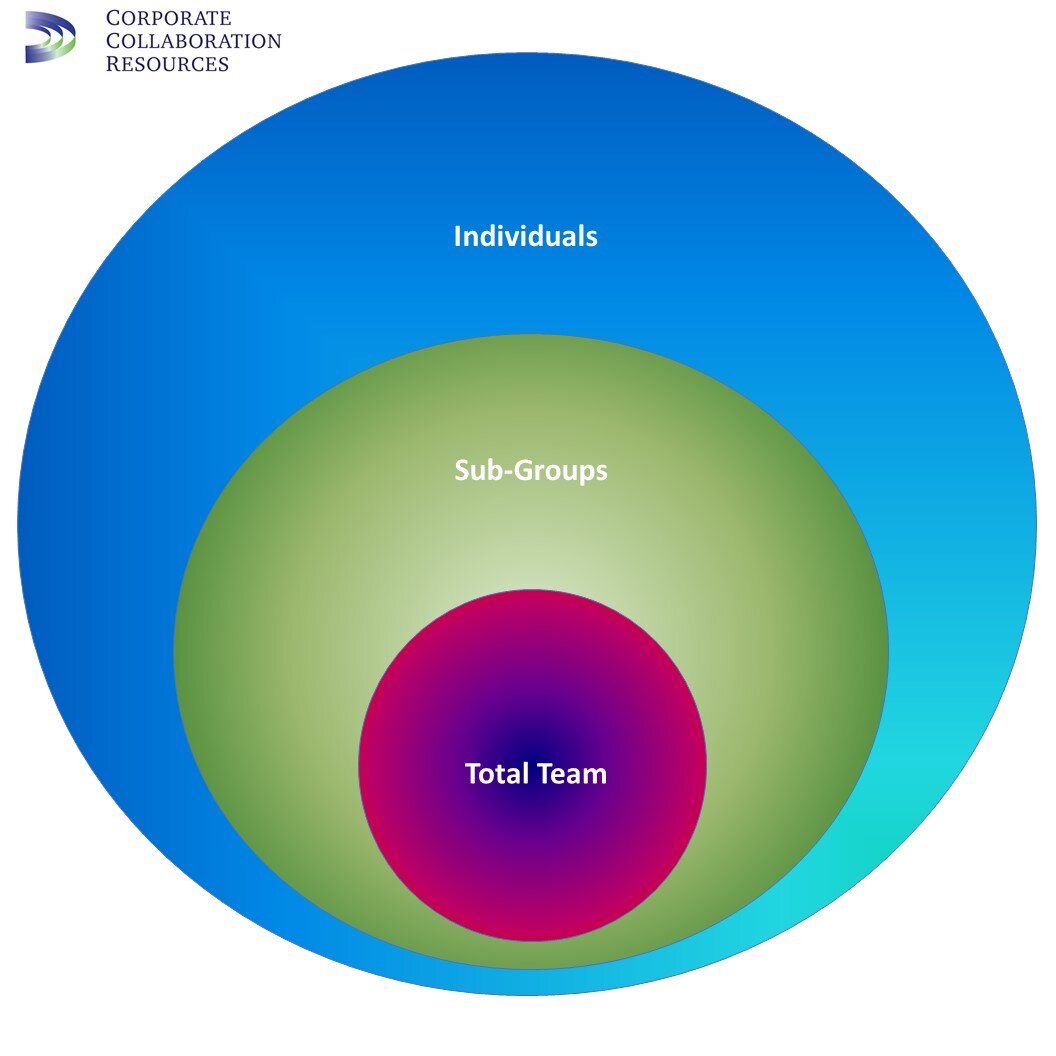To Collaborate Better, Collaborate Less
If you want better collaboration, collaborate less on the things that matter most.
The Radar Screen
I was in Manhattan on business this morning and I walked past the m&ms store, that wildly colorful, crowded and noisy Times Square tourist destination. It always makes me smile even if I don’t go in. Passing by today, it reminded me of my work with the m&ms Retail Leadership Team that runs the part of Mars, Inc. that includes the m&ms stores. One of my early engagements with them brought home to me just how critical it is for teams to figure out where they need to collaborate, and where they don’t, so that they can focus their collective intellects and energies most productively.
How 1 team figured out who collaborates on what, who doesn’t and how it changed everything
The Mars Retail business used to be primarily a bricks-and-mortar operation. It had an on-line presence, but the physical stores got the focus. Mars had another on-line business dedicated to custom printed m&ms – you know, the ones you see at weddings with “Amanda & Mark Forever” printed on one side and the happy couple’s faces on the other. It’s a great product that had struggled since its launch over 10 years ago. As Mars came to understand more about the internet as a retail channel and its relationship with physical stores, they decided to merge on-line and bricks-and-mortar into one organization forming what some have called a “clicks-and-mortar” operation. Thus, m&ms Retail was born.
When the Mars Retail leadership team called me their recently-merged business was struggling. Retail is highly competitive and comparatively low margin, especially when your physical locations are in expensive cities like New York and Las Vegas. The custom print business with its complex technology had high overhead costs as well. The m&ms Retail group needed to improve both branches of their business and start to generate profit and growth.
The team had an ambitious turn-around plan with multiple workstreams. As part of the plan, they made significant financial commitments to Mars Inc. and agreed to get it all done within a couple of years. When I arrived to help, the team was feeling overwhelmed, as if they had over-committed. One person said it felt like 5 years of work that needed doing in 2 years. Yet they knew if m&ms Retail was going to survive, the team had no choice but to work together to get it done.
Sorting your team’s collaboration needs
I asked a simple question – “If you look at all the work you’re facing, how much of it actually requires the entire team to work together?” It was a question they hadn’t asked themselves. To help them answer the question, I instructed each of them to write on sticky notes all the tasks they were responsible for: one task or project per sticky note. Each person generated anywhere from five to ten sticky notes.
I then led them through a sorting discussion. There were three categories they could sort into:
tasks requiring total team collaboration,
tasks to be done by subsets of the team, and
tasks best done by individuals.
For that first category, tasks involving the entire team in collaboration, they were limited to three tasks – four, if absolutely necessary. There were no limits on tasks handled by subgroups or individuals.
The three-task limitation on the first category was the game changer. The debates about which work would truly benefit from involving all ten team members were animated, at times heated, but ultimately productive. The pivotal issue in deciding which work required the entire team was value creation.
The rule of thumb is this: Involve the total team in a project only when involving everyone will create more value than having it done by a small group or by an individual. Stated the other way around, if a small group or an individual can do a piece of work effectively and efficiently, why bother involving the total team? Collaboration in large groups is slow, complex and prone to unproductive conflict. That’s why we save total team collaboration for instances where the payoff is clearly worth the added challenges of involving more people.
What needs the total team’s collaboration? Probably not much
In the end, the Retail team committed to total-team collaboration on just four projects. They were going to collaborate less and only on the things where their collaboration really mattered. Everything else would be handled by small groups or individual team members. This simple act of segmenting how work got done brought a massive sense of relief to the team.
Their relief wasn’t just about choosing more focus. Their choices had important practical effects. For example, they no longer felt the need to review every project or initiative at every team meeting. Their meeting agendas could now focus on the few projects that were relevant to everyone on the team. With fewer projects on their collective plate, they didn’t need to meet as frequently which gave individuals more time to attend to their own work. When they did meet, because they had less to cover, they could dig deeper into a few vital topics that they all cared about. This meant they would find meetings less draining. In fact, their regular gatherings would be more energizing and engaging.
What is the lesson here? If you want better collaborative outcomes, collaborate less and only on the things that matter most. Focus team collaboration only on the few key issues that will benefit from full team collaboration. This one act will result in a more engaged and productive team while simultaneously freeing up time for individuals to do what they do so well.


